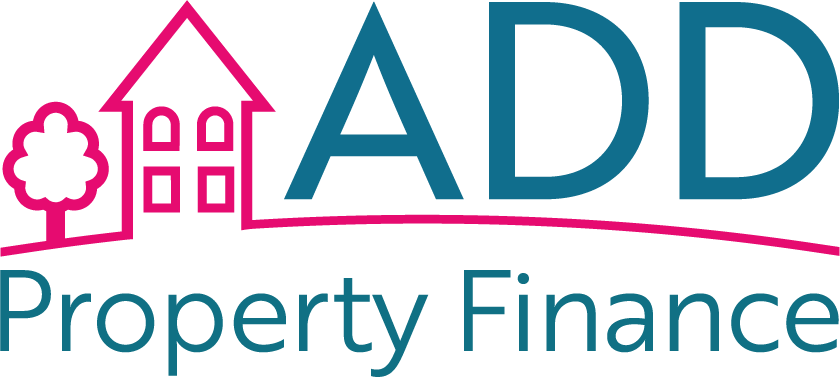The journey to homeownership involves several crucial steps, and one of the most essential is conveyancing. Conveyancing is the legal process of transferring property ownership from the seller to the buyer. As a first-time buyer, understanding this process is vital to ensure a smooth and successful property purchase. Here’s a step-by-step guide to help you navigate the intricacies of conveyancing.
1. Appoint a Licensed Conveyancer or Solicitor
The first step in the conveyancing process is to appoint a licensed conveyancer or solicitor. This legal professional will handle the legal aspects of the property transaction on your behalf.
2. Pre-Contract Stage
a. Drafting and Reviewing Contracts: Your conveyancer will review the draft contract provided by the seller’s conveyancer. They will ensure that all necessary information about the property and terms of sale are accurately included.
b. Property Searches: Various searches are conducted to gather essential information about the property and its surroundings. These searches include local authority searches, environmental searches, and water and drainage searches.
c. Enquiries: Your conveyancer may raise inquiries with the seller’s conveyancer to clarify any concerns or queries that arise from the property searches and contract review.
3. Legal Title and Ownership
a. Title Check: Your conveyancer will perform a title check to ensure that the seller has legal ownership of the property and has the right to sell it.
b. Mortgage Offer: If you’re using a mortgage to purchase the property, your conveyancer will review the mortgage offer and ensure that all conditions are met.
4. Exchange of Contracts
Once all inquiries are satisfied, contracts are finalized, and both parties are ready to proceed, you will exchange contracts with the seller. At this point, you will typically pay a deposit, usually around 5-10% of the purchase price.
5. Completion and Transfer of Funds
On the agreed completion date, the remaining funds will be transferred from your conveyancer to the seller’s conveyancer. This marks the completion of the purchase, and you will receive the keys to your new home.
6. Post-Completion
a. Stamp Duty Land Tax (SDLT): Your conveyancer will handle the payment of SDLT on your behalf and ensure that all necessary paperwork is submitted to the HM Revenue & Customs.
b. Registering the Property: Your conveyancer will register your ownership of the property with the Land Registry. This is a crucial step to establish your legal ownership.
Conveyancing involves legal intricacies that ensure the transfer of property ownership is executed correctly and securely. While the process may seem complex, having a knowledgeable conveyancer by your side will provide you with peace of mind. Clear communication with your conveyancer and staying informed about each stage will help ensure a smooth and successful property transaction.







